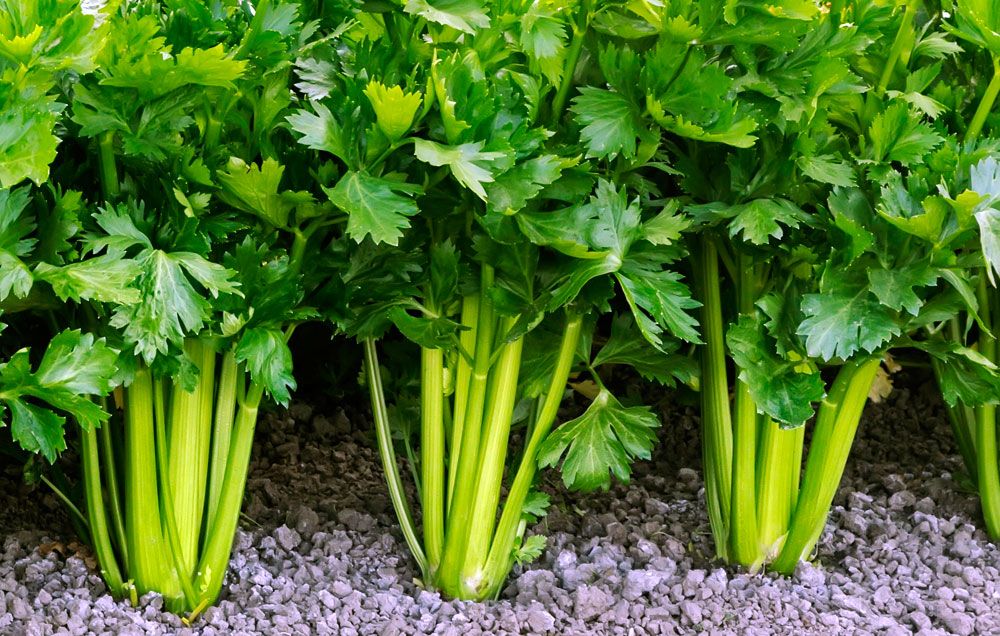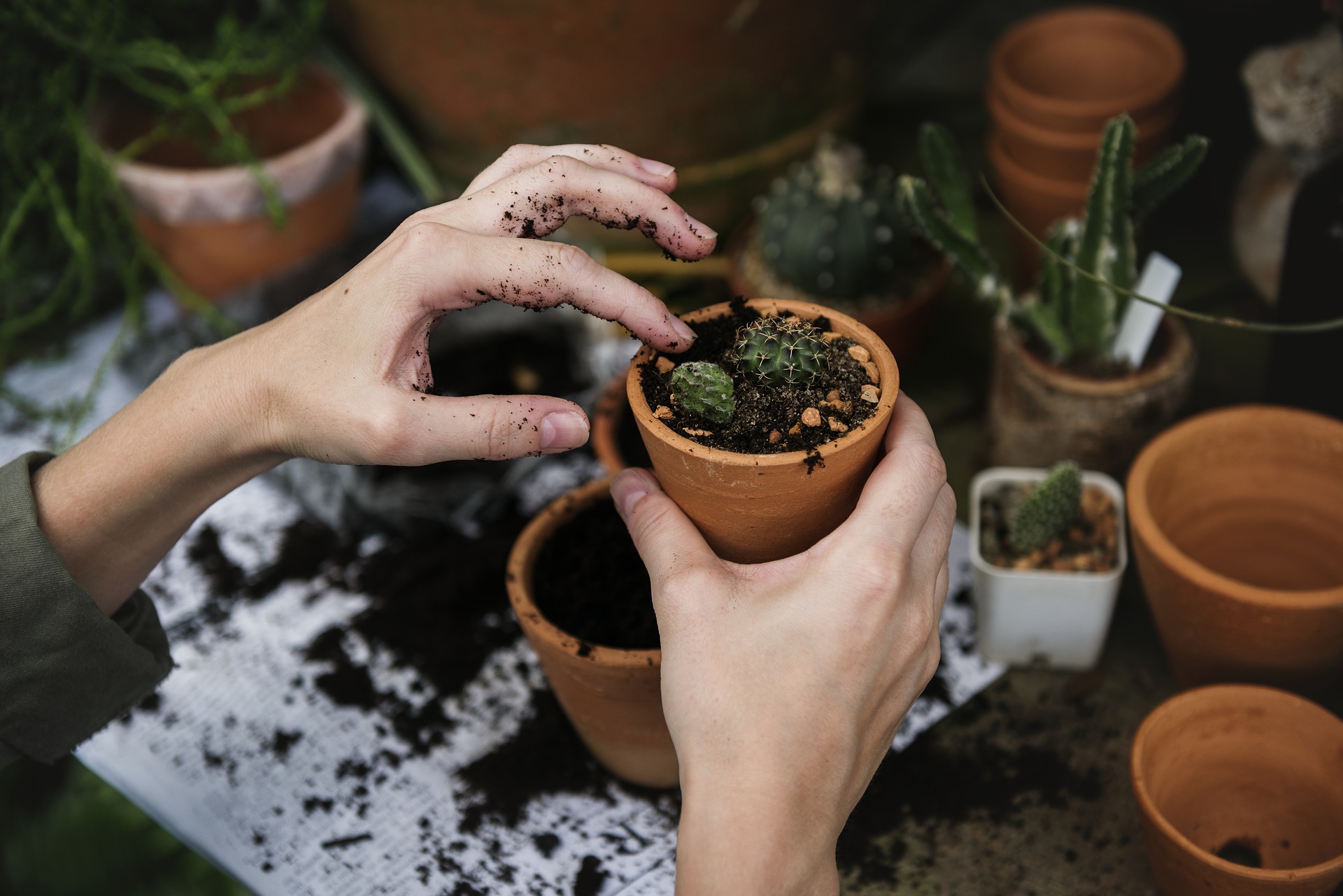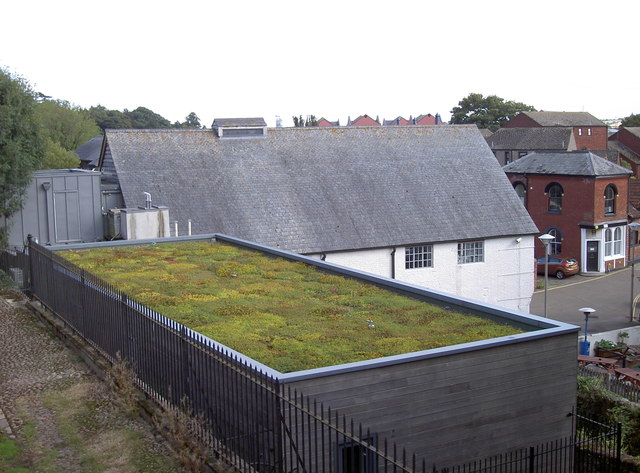Learning to grow celery is a great way to ensure a regular supply of your favorite healthy snack. Celery is full of health benefits and is a rich source of antioxidants and nutrients. It also helps reduce inflammation and improves digestion.
Unfortunately, this healthy vegetable also has a reputation for being difficult to grow. If you’ve tried and struggled in the past, why not learn to grow celery indoors? Growing celery indoors is easier than growing it outside in the garden, as it is more capable of providing the constant moisture and warmth that celery craves. This can be difficult to provide if grown outdoors in the garden or uncontrolled conditions.

Celery is an annual plant that can be purchased as a seed, which takes two to three weeks to germinate. Seedlings mature after approximately five to six months after planting, depending on the climate and position. There are many varieties without threads.
Where to plant celery
Celery is a juicy vegetable that requires a lot of fertilizer and moisture to grow well. Ensure your soil is deep, rich, and moist enough to support the plants during their relatively long development time. Heavy soils should be well dug down to a depth of 25 cm, and if they are very clayey, gypsum should be added in the recommended proportion to break up the clods. The addition of a generous amount of animal manure (such as 5-in-1 organic fertilizer) will help retain moisture and provide essential fertilizer for young plants. Similarly, sandy soils should be covered with fertilizer and manure to increase their pore structure.
Despite being a lover of moisture, celery insists on good drainage, but being poorly rooted, it should never be allowed to dry out. Since it is a cold season crop, plant it in a place where it receives plenty of winter sun.

How to plant the celery
The seeds can be sown directly into the soil where they will grow, but the best results are obtained if they are planted into individual baskets of cell packets and transplanted when they are approximately 10 cm high. This can take up to ten weeks as they are slow to develop. The average family will need about 15 plants to see them through the season. Unlike some vegetable varieties that can be planted a few weeks apart to stagger production, celery should be planted all at once.
The seeds should be sown in baskets at a depth of 6 mm and lightly sprinkled with a mixture of seeds or sand and vermiculite. Keep it moist until the seeds have germinated.
If you sow the seed directly into the ground, dig a shallow hole, and leave about 30cm between each plant. Cover the row of seeds – either by gently replacing the soil on either side of the drill or using a mixture of sand and vermiculite – and water well.
How to grow celery
Ensure the soil around the plants is free of weeds that will compete with the celery for food and water. To grow well, celery requires a lot of food and a biweekly application of soluble fertilizer to continue producing healthy new growth.
Mature stalks of all types, except those of the native varieties, will naturally turn dark green through the process of photosynthesis and, if allowed to do so, will become hard and bitter. To prevent this from happening, bleach your plants by wrapping their stems in newspaper or cardboard, or cut the bottom of a waxed milk carton and slide it gently over the plant. For extra protection, gently pile soil around individual plants until they are ready for harvest. After approximately three months of growth, the outer stems can be harvested as needed, and the paper sleeve replaced until more branches are needed. Once the plants have reached full maturity, they should be harvested within six weeks, as the plants left in the ground become woody and inedible, even when cooked.



